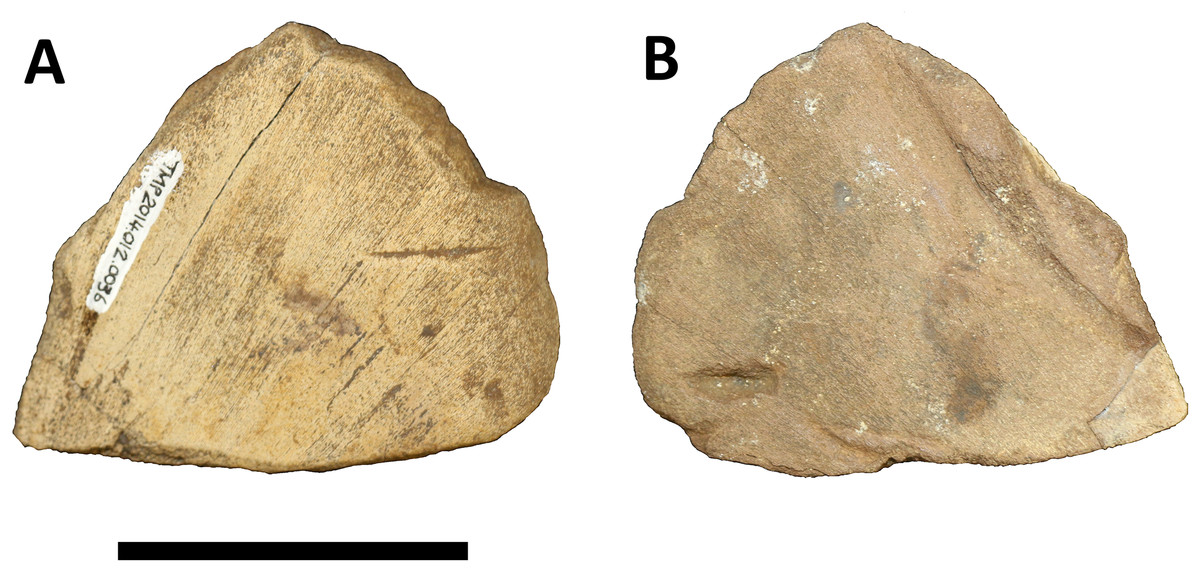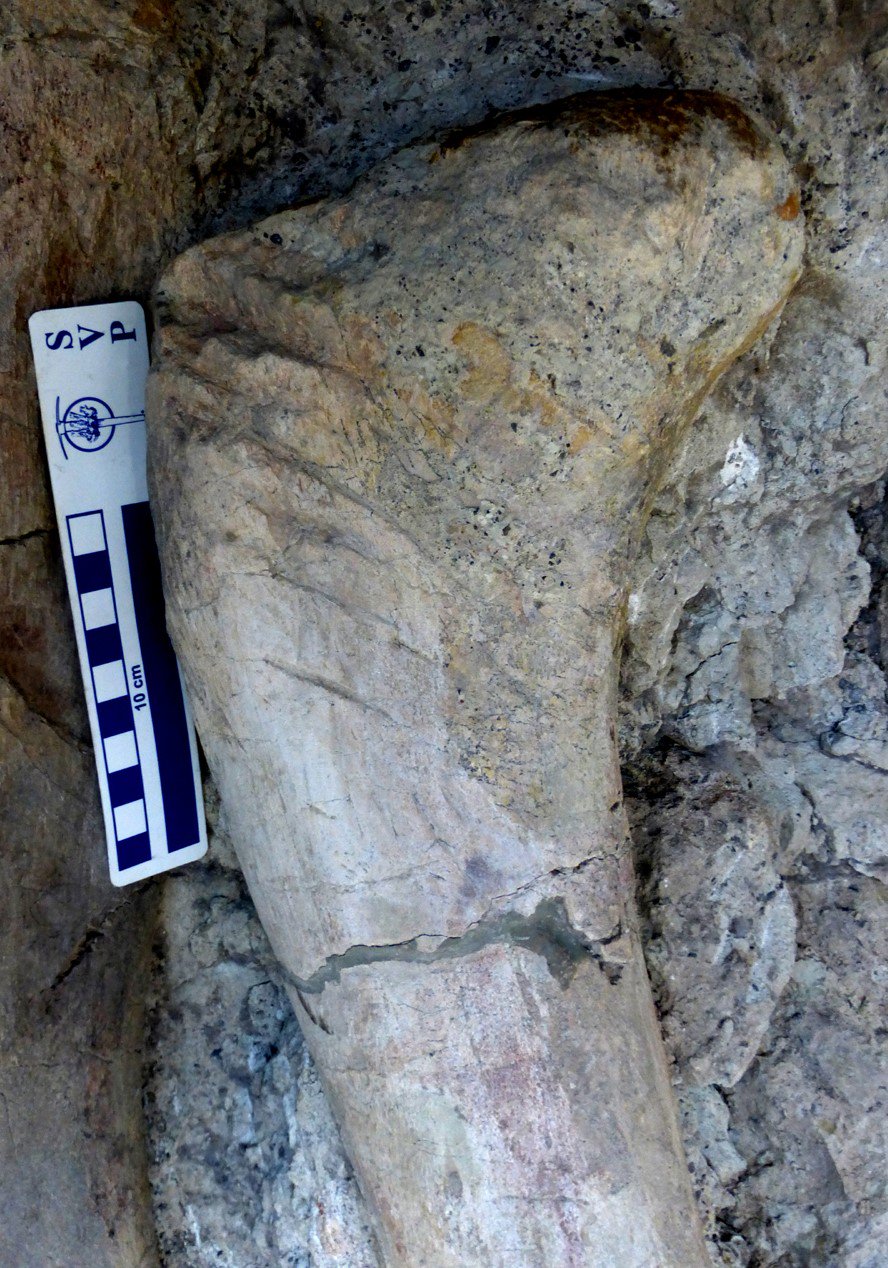With a near global lockdown and people stuck at home there’s been a rash of new podcasts forming (or at least a rash of jokes about everyone starting new podcasts while they are stuck at home) and here is the latest (and by extension, greatest) – Terrible Lizards. In my defence, I’m no stranger to podcasts and actually this one had been in the works since January and the lockdown has merely hastened its arrival rather than being its origin.
I’m no stranger to podcasts having been interviewed for loads of them at various times, but I’ve certainly never run one so this is a big step up. It is something I’d been considering for quite some time but there were various barriers to getting it going (not least time and some real expertise) when a chance meeting with an old friend suddenly made everything viable.
At a mutual friend’s Christmas party, I couldn’t help but spot the distinctive figure of Iszi Lawrence who I’d not seen in nearly 15 years so went over to say ‘hello’. Iszi was starting out as both a stand-up comedian and an undergraduate student in Bristol back while I was doing my PhD and we lived in the same block of flats. We got on well and hung out a bit and then I jetted off to Germany and we lost touch (this was before Facebook and other things like that) and as so often happens that was the end of a small friendship.
However, as also so often happens, meeting again it was like no time had passed and we were soon chatting nineteen to the dozen and catching up. She’d continued on the comedy circuit and also now runs and hosts several podcasts and radio shows (as well as writing childrens’ books and doing other stuff – find it all here) and we talked about me doing a guest spot on one of the history ones to talk about the early days of palaeontology and cover people like Mary Anning and Gideon Mantell. This though quickly morphed into doing an actual, proper, new and dedicated dinosaur podcast and so here we are.
There are of course, plenty of natural history podcasts, those on palaeontology generally, dinosaurs specifically and all kinds of others. I don’t think there’s real competition between them since it’s not like people can’t listen to them all, but it does immediately beg the question of what’s different or special about this one. I think the answer there is that we are trying to reach a truly lay audience – this isn’t a podcast that’s aimed at dinosaur geeks and nerds or students and academics, or even children – but one for people who like science but may know little more than the names Tyrannosaurs, Triceratops and Diplodocus.
We try and delve into a different subject in each episode and this is aided, in the best possible way, by Iszi’s ignorance. She can steer me to what needs to be said and explained and given context and of course her wit is there to stop me rambling on about gastralia excessively. Her experience and expertise also means she generally knows how to host and edit one of these things so against all odds I even end up sounding vaguely professional, it’s quite a marvel. If all of the wasn’t incentive enough, we’ve managed to secure a special guest for each episode so alongside comedian Jo Caufield, Richard Herring and Alice Fraser we have historian Tom Holland, podcaster Dan Schreiber, dino-nerd and cake-maker Ralph Attanasia and legendary biologist Chris Packham to ask me some obscure, odd and downright naughty (Richard Herring, inevitably) questions about dinosaurs.
Obviously readers on here won’t normally fit our key target audience but I’d still hope it would be enjoyable to listen to and you’d learn something from it. There’s so much to talk about and explore and recover that it should be appealing no matter your existing levels of knowledge. Do though please share this to anyone who might want a listen and might enjoy it, reaching out well beyond the dino aficionados is a key part of this and you can make a huge difference with a like and share and tweet and whatever. The first two episodes are up right now here on iTunes and on here website here and we’ll be adding one a week for the next few weeks. This is something of an experiment so if we don’t get a good number of followers and subscribers this may be a short series (so consider that either a warning or a blessed relief).
Do give it a try and do give it a share. First episode? Well it could hardly be anything else, could it?






Recent Comments